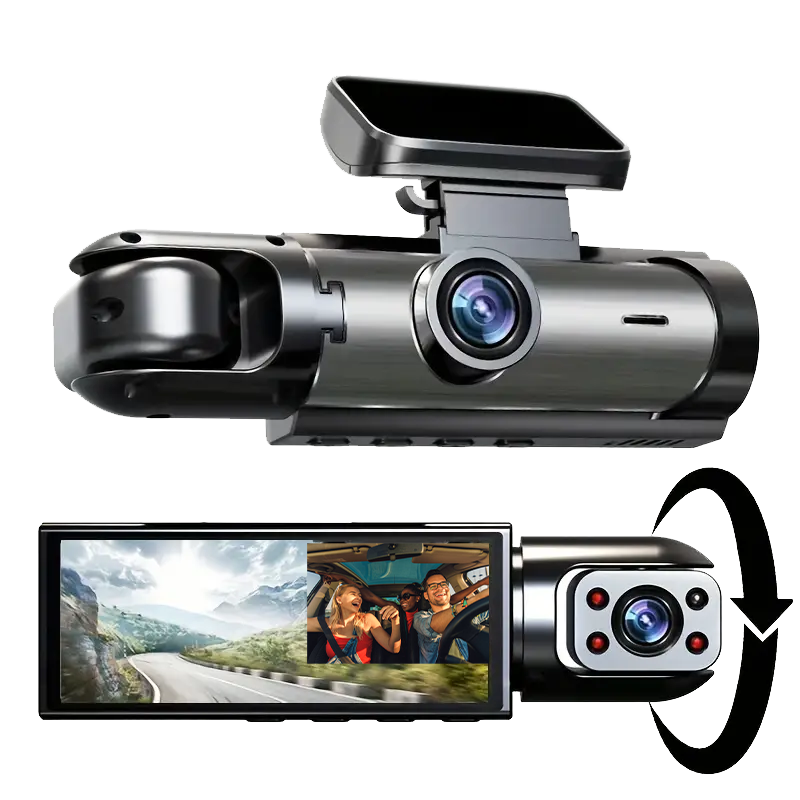
Toyota Land Cruiser J50 1967- 1980

The Land Cruiser 55 was produced from 1967 to 1980.
Toyota refers to the FJ55G and FJ55V as the first "real" station wagon in the Land Cruiser series, thus marking the beginning of the station wagon branch.
J50 (1967–1980)
| J50 | |
|---|---|
|
|
|
| Overview | |
| Production | 1967–1980 |
| Assembly | Toyota City, Japan (ARACO) |
| Body and chassis | |
| Body style | 4-door station wagon |
| Layout | Front engine, four-wheel drive |
| Powertrain | |
| Engine |
|
| Transmission | 3- or 4-speed manual (J30, H41 or H42) |
| Dimensions | |
| Wheelbase | 2,700 mm (106.3 in) |
| Length | 4,675 mm (184.1 in) |
| Width | 1,735 mm (68.3 in) |
| Height | 1,865 mm (73.4 in) |
It was the first Land Cruiser to have fully enclosed box frame members. Of all the Land Cruiser wagons sold in the U.S., including the FJ45, it is the only one to not have hatch and tailgate in the rear, but rather a tailgate only with an electrically operated window that can be retracted into the tailgate.
- 1967 – Production of the FJ55 began. The FJ55 was a 4-door station wagon version based on the FJ40's Drive-train, replacing the 4-Door FJ45V (I). It was colloquially known as the "Moose". It has also been referred to as a "pig" or an "iron pig". The FJ55 had a longer wheelbase2700 mm and was designed to be sold in North America and Australia.
- Jan 1975 saw the F engine replaced by the 2F engine. Unusual for Toyota, the model (e.g. FJ55) did not change.
- Model 56 is in Japan only, with 2F engine (January 1975 – July 1980).

